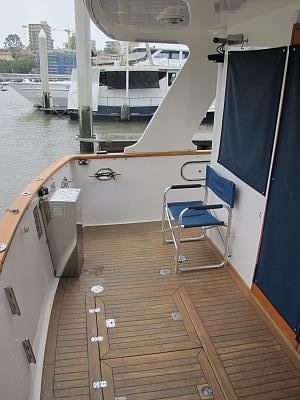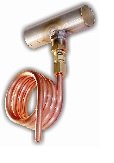Ventana
Senior Member
We have a Webasto hydronic system on the boat we just bought, with the exhaust coming out the transom below the swim step. Just wondering if anyone with a hydronic or forced air system backs into their slip and if there are problems with the exhaust? I am guessing it will be louder with the sound bouncing off the dock right behind the boat, and I saw the warning about keeping fenders away from the outlet, but any other issues people have found?
Exhaust smell inside the boat?
Soot on the transom?
Starting the dock on fire?
The temperature is in the teens here and the boat is iced in pretty good, so the heater is running quite a bit.
Exhaust smell inside the boat?
Soot on the transom?
Starting the dock on fire?
The temperature is in the teens here and the boat is iced in pretty good, so the heater is running quite a bit.


 diesel heater install 101, some sort of a back flow preventer. Or the furnace mounted well above the waterline.
diesel heater install 101, some sort of a back flow preventer. Or the furnace mounted well above the waterline.